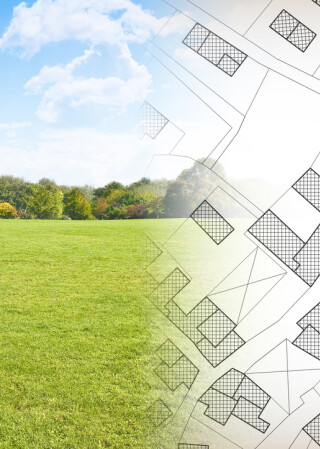State Environmental Planning Policy (Exempt and Complying Development) 2008 (“the Codes SEPP”) sets out the state policy for exempt and complying development. Exempt development is low impact development that can be carried out without obtaining development consent, while complying development is other straightforward development that can be approved by a council or private certifier through the issue of a Complying Development Certificate rather than the development application process.
Following the release of an Explanation of Intended Effect and a public consultation process undertaken by the Department of Planning Industry and Environment in 2018, a series of amendments to the Codes SEPP commenced on 13 December 2019.
Relevant amendments include:
1. The operation of the Housing Code in the Codes SEPP in greenfield areas has been extended until 6 July 2021, meaning owners in greenfield areas have 3 additional years to transition to the Greenfield Housing Code.
2. The extension of trading hours of licensed premises on New Year’s Eve until 2am on the following day now comprises exempt development.
3. Complying development under a series of codes within the Codes SEPP can now no longer be undertaken on significantly contaminated land within the meaning of the Contaminated Land Management Act 1997.
4. A range of exempt and complying development clauses relating to awnings now contain development standards. For example, awnings are now required to comply with the performance requirements of the Building Code of Australia and awnings will now be required to be structurally sound when certain forms of development are proposed in relation to them.
5. A range of development can now be carried out as exempt development, including the following:
(a) Cabanas, so long as they cannot be connected to water supply or sewerage services in order to ensure cabanas are not used as studios or secondary dwellings.
(b) Street libraries, subject to development standards regarding height, footprint and erection in a road reserve.
(c) External stairways, subject to development standards regarding height, minimum distance, lot boundaries and construction in accordance with relevant Australian Standards.
6. Internal alterations to existing residential accommodation such as apartment buildings and boarding houses can now be carried out as complying development, subject to the alteration not resulting in a change in the number of bedrooms in the building.
7. Minor administrative changes to correct diagrams and rectify other errors across the Codes SEPP have also been made.
A number of other proposed amendments included in the EIE did not proceed at this stage and may be subject to further community consultation in the future.
For further information on these planning and environmental law updates, please contact Adam Seton on aseton@marsdens.net.au or (02) 4626 5077 and David Baird on dbaird@marsdens.net.au or (02) 4626 5077.
The contents of this publication are for reference purposes only. This publication does not constitute legal advice and should not be relied upon as legal advice. Specific legal advice should always be sought separately before taking any action based on this publication.


